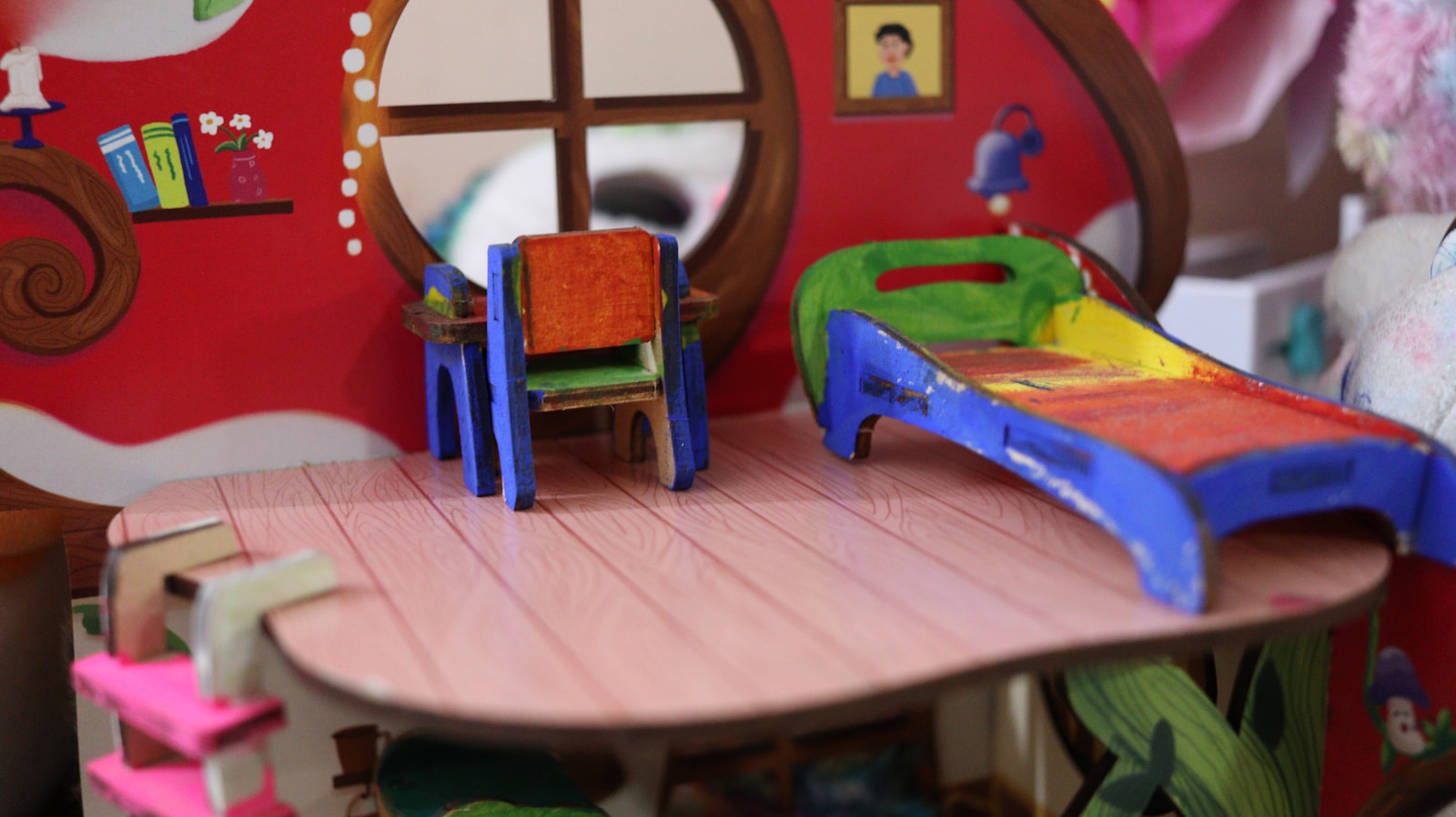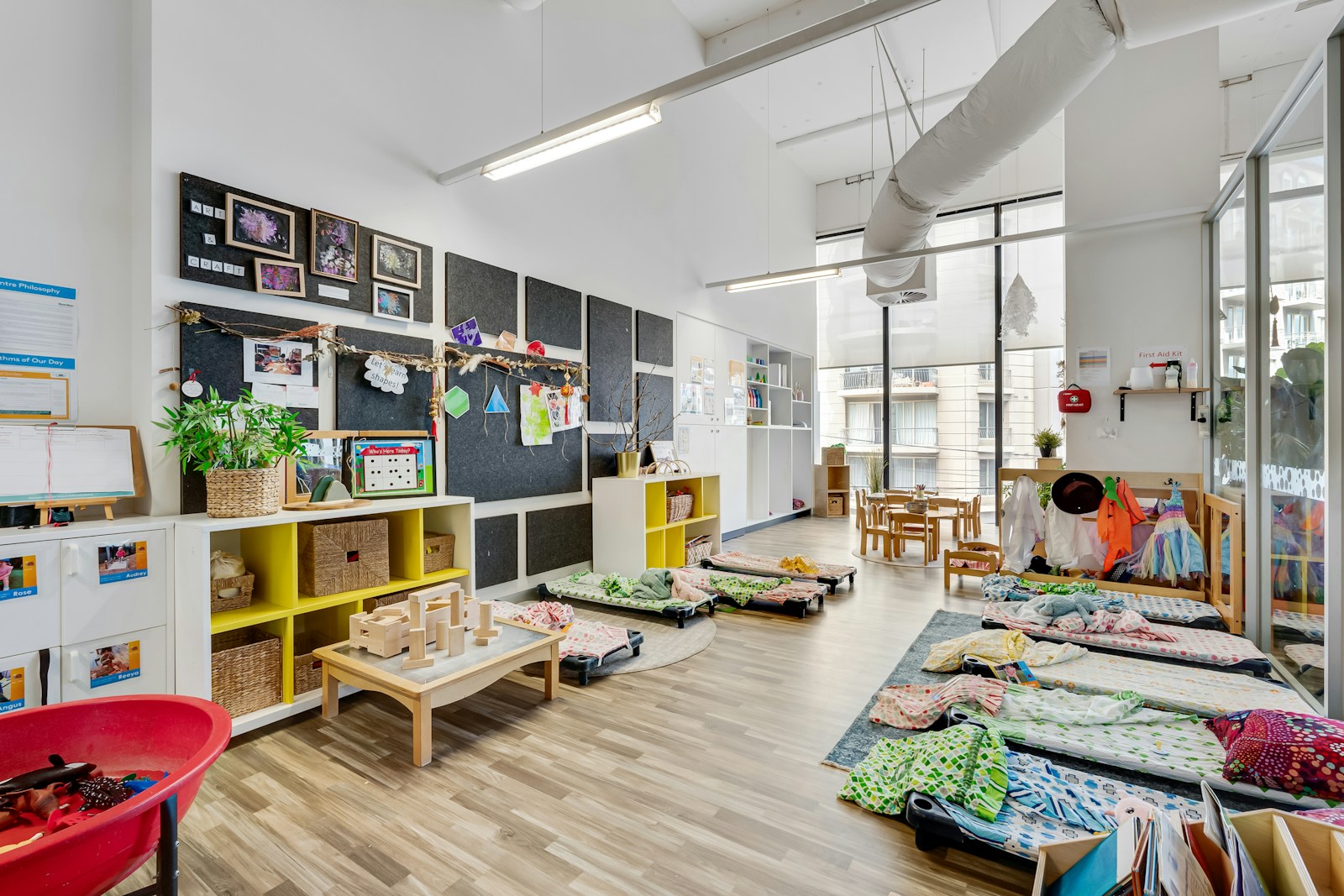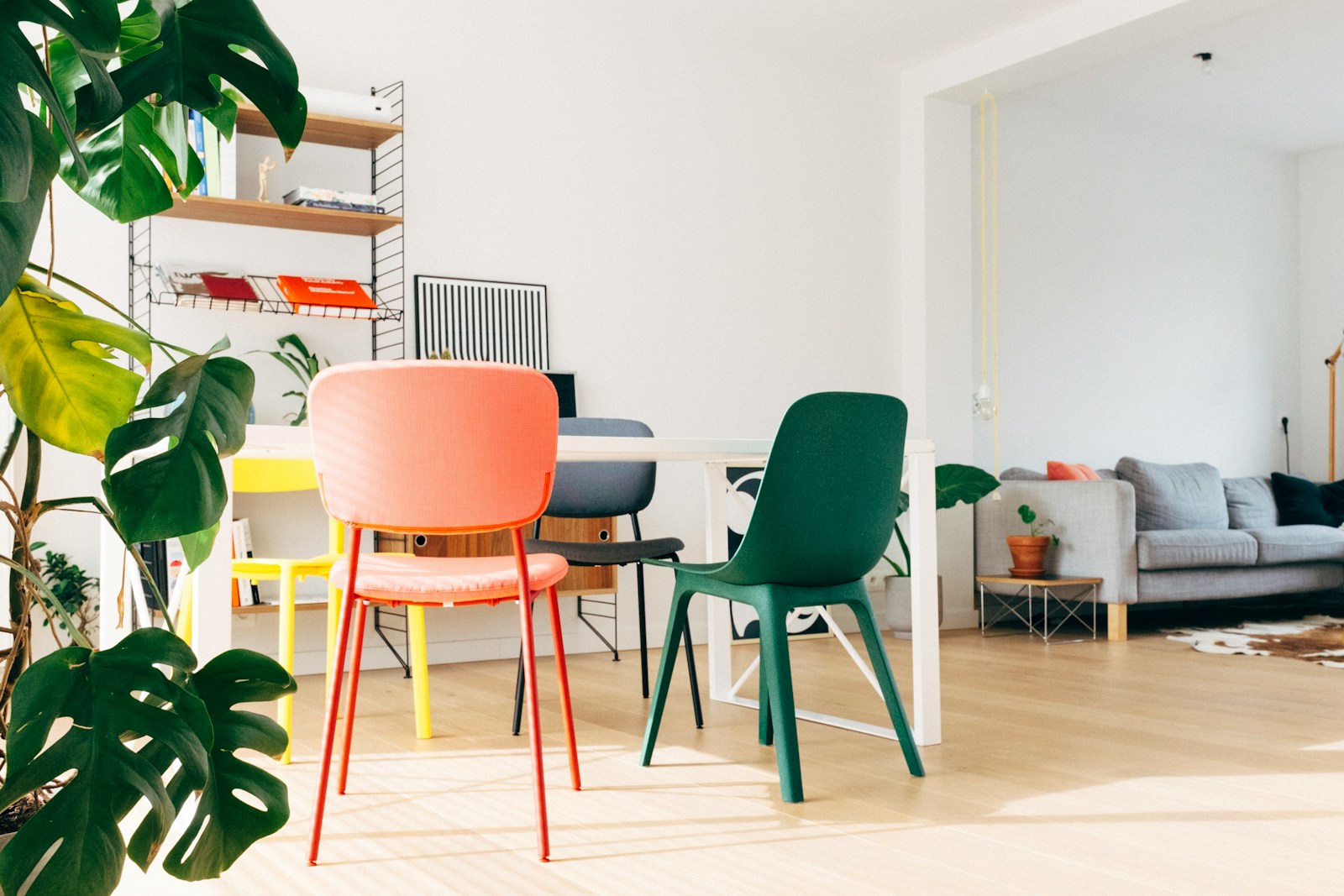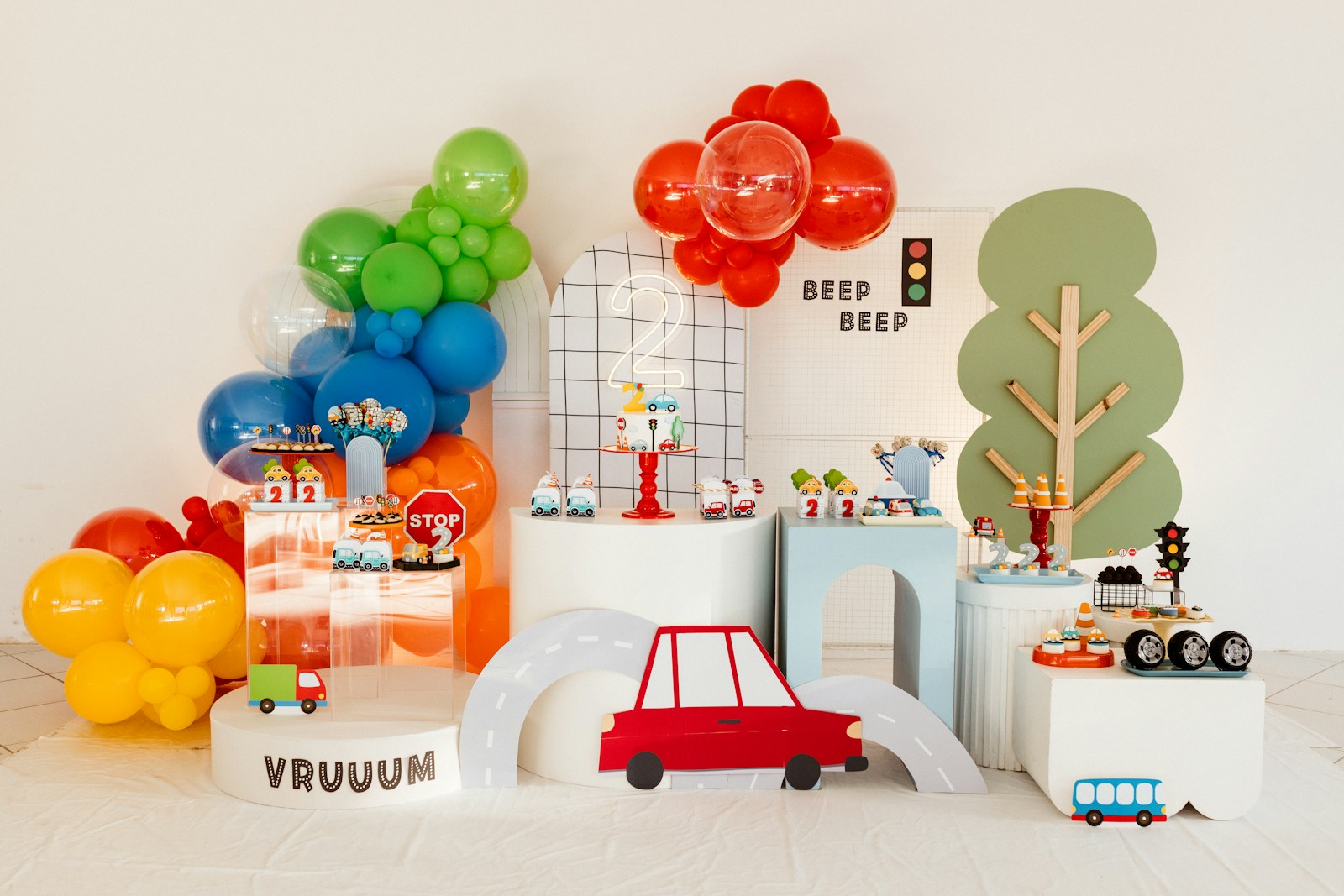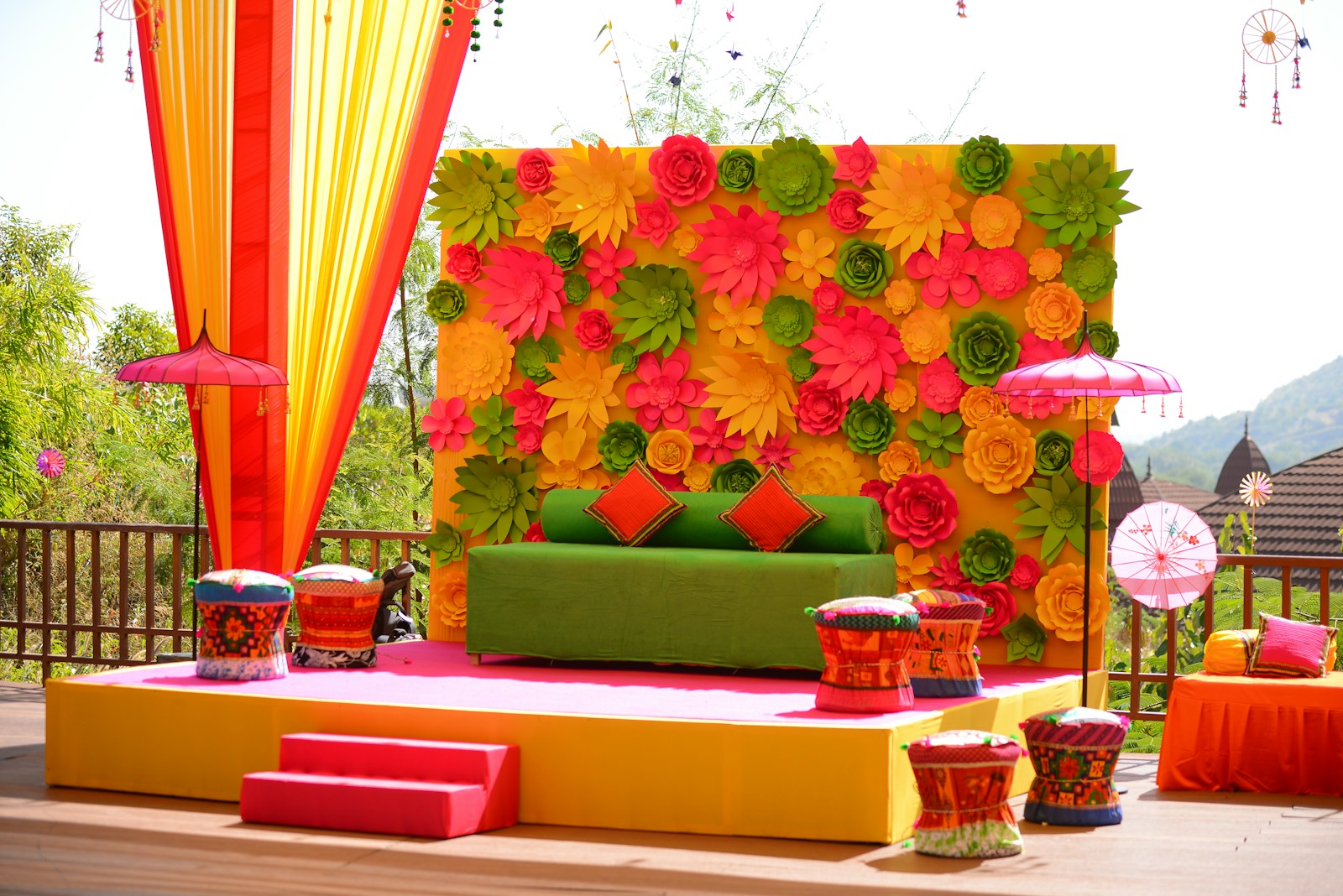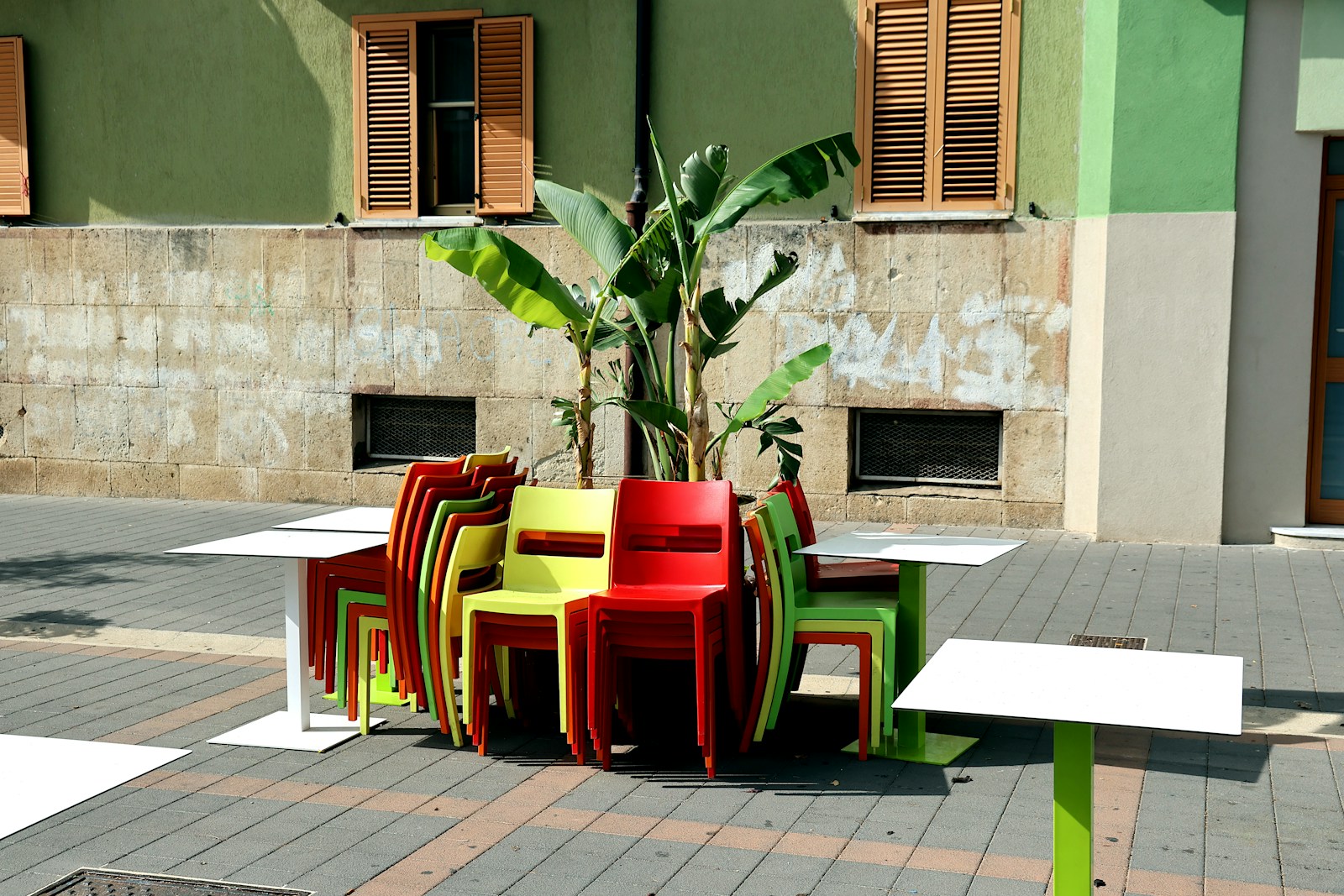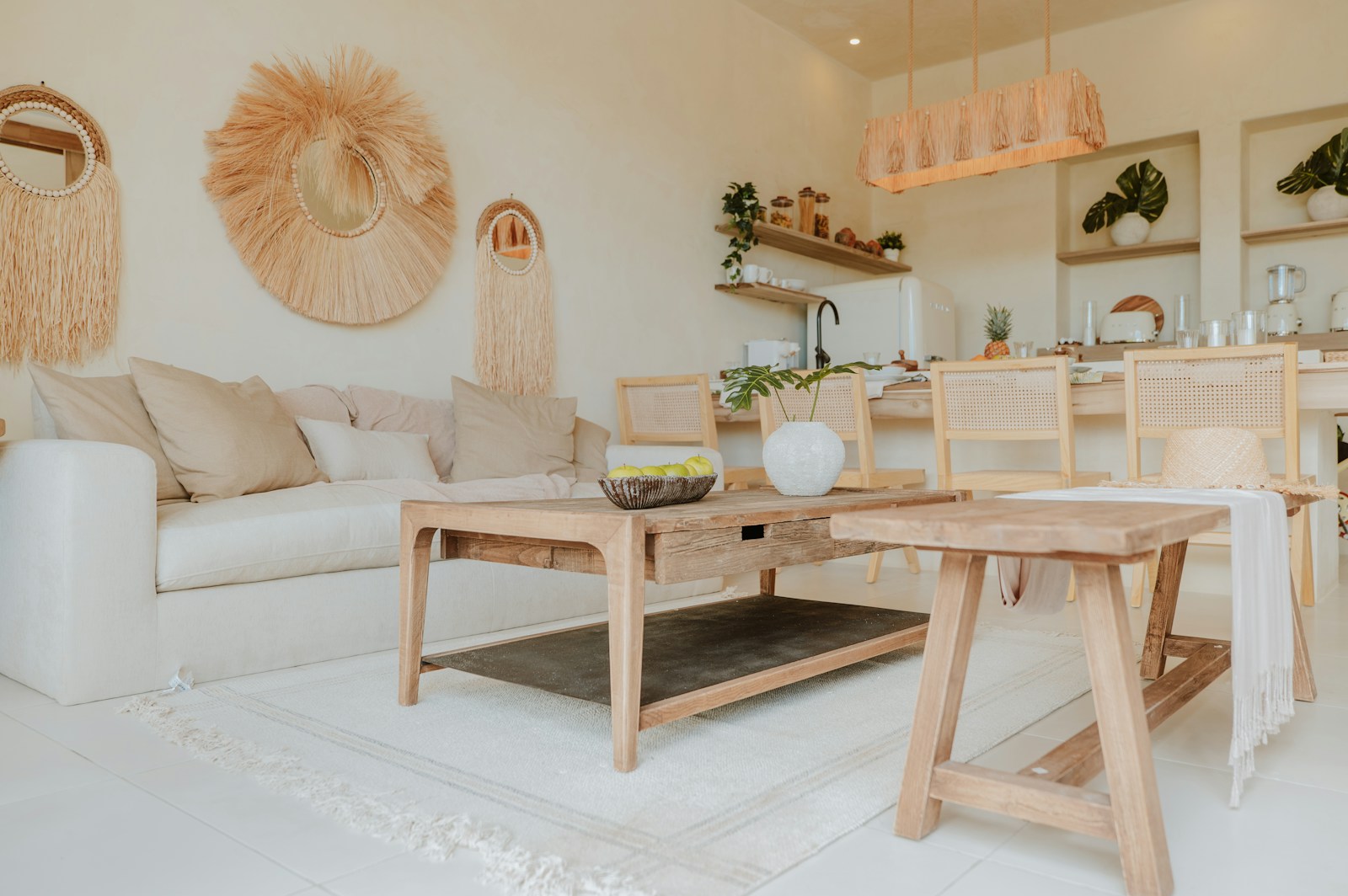Bright Colors and Fun Themes for Kids’ Rooms
Remember when your little one called their beige bedroom “the boring room”? Ouch. That stings worse than stepping on a LEGO brick at 2 AM.
Your kid’s bedroom should be their happy place—not a bland box they’re forced to sleep in. Choosing bright colors and fun themes for kids’ rooms isn’t just about aesthetics; it’s about creating spaces where imagination thrives.
The best part? You don’t need an interior design degree or a celebrity budget. With some strategic color choices and thoughtful themes, you can transform their space into something magical.
But here’s where most parents go wrong: they overthink it. They worry about resale value or whether lime green walls will keep their kid awake at night. What if I told you there’s a way to create a room that’s both vibrant AND practical?
Creating a Color-Rich Foundation for Kid-Friendly Spaces
A. Psychology Behind Children’s Color Preferences
Colors aren’t just pretty—they actually impact how kids feel and behave. Ever notice how your little one gravitates toward certain colors on the playground? That’s their developing brain making connections.
Younger children (under 5) typically love bright primary colors—reds, yellows, and blues. These vibrant colors attract attention and promote cognitive development. There’s a reason why so many toys come in these colors!
By age 6-8, preferences get more complex. Girls often (but not always) begin favoring purples and pinks, while boys might lean toward blues and greens. But remember—these are just patterns, not rules. Your dinosaur-loving daughter might want a forest green room, and that’s perfectly wonderful.
What’s fascinating is how colors affect mood:
- Red energizes and excites (great for play areas, not so much for bedtime)
- The color Blue has a calming effect and enhances concentration, making it ideal for study areas.
- Yellow boosts optimism and creativity
- Green reduces anxiety and connects with nature
When your 4-year-old insists on a hot pink ceiling, they’re not just being stubborn—they’re responding to how that color makes them feel. Wild? Maybe. But there’s psychology behind those preferences!
B. Choosing Age-Appropriate Color Schemes
The perfect palette evolves as your kiddo grows:
Babies & Toddlers (0-3)
High-contrast patterns and bold colors help visual development. Black and white patterns actually stimulate infant brain development! As they grow, introduce soft pastels or primary colors.
Preschoolers (3-5)
This is when personality shines. They might want their favorite character’s colors everywhere. Roll with it—but maybe as accents rather than entire walls. Try these combos:
- Sunshine yellow + sky blue
- Grass green + cheerful orange
- Lavender + mint green
School Age (6-12)
Now’s when themes become important. Sports teams, hobbies, or favorite activities can inspire color schemes. This age group appreciates more sophisticated combinations:
- Navy + coral
- Teal + warm gray + yellow accents
- Forest green + wood tones
The best approach? Involve them in the process! Show them colors and watch their reactions. Their eyes light up? You’re onto something.
C. Balancing Bold Colors with Neutral Spaces
Going all-in on bright colors can overwhelm a space (and frankly, your eyeballs). The secret to kid-friendly design that won’t give you a headache? Strategic color placement.
Try the 60-30-10 rule:
- 60% neutral base (walls, larger furniture)
- 30% secondary color (curtains, bedding)
- 10% accent colors (toys, pillows, artwork)
This approach lets you incorporate their favorite fire-engine red without turning the room into a literal fire engine.
Another clever trick? Colorful ceiling with neutral walls. Kids spend tons of time looking up—especially during quiet time or bedtime stories. A cheerful ceiling can spark imagination without overwhelming the space.
For those brave souls considering bold walls, balance with:
- White furniture
- Natural wood elements
- Plenty of white space between colorful elements
- Neutral flooring
Remember, kids’ tastes change faster than you can say “room makeover.” Using easily changeable elements like removable wallpaper, colorful bedding, or repositionable decals means you’re not repainting every six months.
D. Color Coordination Tips for Different Room Sizes
Room dimensions matter when choosing colors. Utilizing the resources at your disposal can significantly impact the outcome.
In small spaces:
- Lighter colors create airiness
- Vertical stripes make ceilings feel higher
- Limit to 2-3 main colors to prevent visual clutter
- Use mirrors to reflect light and color
For those blessed with larger rooms:
- Darker colors can create cozy zones
- Color-blocking walls defines different activity areas
- More colors work without overwhelming the space
Here’s a clever hack—use color to define zones in a shared bedroom:
- Blue corner for quiet reading
- Green area for building and play
- Yellow space for art projects
For awkward spaces like attics, embrace those angled ceilings with gradient color effects, getting lighter toward the lowest points.
The beauty of designing kids’ spaces? Rules are meant to be broken. If your tiny room would normally “need” light colors but your child loves deep purple—find creative ways to make it work. Their joy in the space matters most.
Popular Theme Ideas That Spark Imagination
A. Adventure and Exploration Themes
Want to see your little one’s eyes light up every time they walk into their room? Transform their space into an epic adventure zone! Kids naturally crave exploration, and their rooms can become the perfect launchpad for their imagination.
Start with a world map mural on one wall – it’s both educational and visually stunning. Add compass designs, vintage suitcases as storage, and maybe even a telescope by the window. Hot air balloon mobiles hanging from the ceiling? Yes please!
For the truly ambitious, consider a treehouse-style loft bed with a slide or a tent canopy that creates a camping vibe. A father I am acquainted with constructed a basic wooden ship’s wheel mounted on the wall, which his son imagines is used to steer a pirate ship.
Safari themes work wonders too. Think earthy tones, animal prints, and stuffed animal “guides” for your little explorer. Wall decals of lions, elephants, and giraffes bring the savanna right into their bedroom without permanent commitment.
Space exploration themes never go out of style. Glow-in-the-dark stars on a deep blue ceiling, rocket-shaped bookcases, and astronaut bedding create an out-of-this-world experience. NASA posters add authenticity while teaching them about our universe.
B. Fairytale and Fantasy Worlds
Fairytales aren’t just stories – they’re magical worlds waiting to be brought to life in your child’s room.
For princess enthusiasts, think beyond basic pink. Create a canopy bed with flowing fabrics in purples, teals, and golds. Wall decals of castles, fairy lights strung across the ceiling, and a reading nook with plush cushions make the perfect royal retreat.
Dragon and knight themes work brilliantly with medieval-inspired decor. Wooden shield headboards, faux stone wall panels, and treasure chest toy boxes transform an ordinary room into a realm of adventure. One creative mom painted a castle silhouette as a headboard with glow-in-the-dark paint – absolute magic at bedtime!
Fairy gardens are perfect for nature-loving dreamers. Mushroom stools, flower-shaped rugs, and butterfly mobiles create an enchanted forest feel. Add fairy doors to baseboards and watch your child leave tiny notes for their magical friends.
Underwater fantasy themes combine gorgeous blues and greens with sea creature motifs. Hanging jellyfish lanterns, mermaid tail blankets, and wave-patterned wallpaper create an immersive experience.
C. Nature-Inspired Designs
Kids instinctively connect with nature, making these themes both calming and engaging.
Forest themes bring the outdoors in with tree wall murals, woodland creature stuffed animals, and natural wood furniture. A canopy of artificial leaves overhead creates dappled light effects that soothe anxious minds.
Beach themes work year-round with sandy neutrals, blues, and coral accents. Surfboard shelves, seashell collections displayed in glass jars, and wave-patterned bedding create a laid-back coastal vibe. One clever family I know created a sandbox corner with kinetic sand for indoor beach play!
Garden themes celebrate growth with flower wall decals, butterfly mobiles, and actual child-safe potted plants. A chalkboard wall painted with permanent stems lets kids draw different flowers each season.
Seasonal rooms change with the year – spring flowers in April, beach items in summer, leaf motifs in fall, and snowflakes in winter. This approach teaches kids about natural cycles while keeping their environment fresh.
D. Sports and Hobby-Based Themes
When your child shows passion for a particular activity, why not celebrate it?
Sports themes easily incorporate team colors, jersey displays, and equipment as decor. Basketball hoop laundry baskets, baseball mitt chairs, and scoreboard growth charts add functional fun. Field-green rugs with painted yard lines make any room feel like game day.
Music-themed rooms rock with instrument wall hangings, music note decals, and record album art. One creative family mounted an old drum set on the wall as shelving – talk about a conversation starter!
Art-inspired spaces foster creativity with easels, display walls for your child’s masterpieces, and splatter-paint effect walls that hide inevitable messes. Clear jars filled with colorful supplies become functional decor.
Science themes spark curiosity with periodic table shower curtains repurposed as window treatments, constellation maps, and display shelves for rocks, fossils, or bug collections.
E. Personalized Character Themes
Kids form powerful attachments to fictional characters, making these themes instant hits.
Movie-inspired rooms can subtly incorporate colors and motifs without looking like a merchandise store exploded. Think Frozen-inspired blues and snowflakes rather than wall-to-wall Elsa faces.
Book character themes encourage reading while celebrating beloved stories.
Seuss-themed rooms are filled with vibrant primary colors and playful shapes.
Fans of Harry Potter enjoy the colors representing each house, the displays of wands, and the decorative owl motifs.
Superhero spaces don’t require licensed products – use bold primary colors, city skyline decals, and comic book art frames. Action figures displayed on floating shelves become instant decor.
Animal-loving kids thrive with rooms dedicated to their favorite creature. Dinosaur enthusiasts get fossil wall art, excavation-themed bedding, and display shelves for their collection. Cat lovers enjoy climbing shelves, paw print accents, and feline-shaped pillows.
Practical Ways to Incorporate Vibrant Colors
Accent Walls and Statement Ceilings
Kids love color—it’s basically hardwired into their little brains. So why not use that to create a room they’ll actually be excited about? Accent walls are your secret weapon here. Pick one wall (usually the one behind the bed) and transform it with a vibrant color that makes your kid’s eyes light up.
Got a child who can’t decide on just one color? No problem! Try color blocking with geometric shapes or stripes. My neighbor’s daughter couldn’t choose between purple and teal, so they divided her wall diagonally. She still talks about it two years later.
Don’t forget to look up! Ceilings are often the most neglected canvas in children’s rooms. A bright yellow ceiling can mimic sunshine even on gloomy days. Or go all out with a blue ceiling dotted with fluffy white clouds. One dad I know painted constellations that glow in the dark—total superhero move in his daughter’s eyes.
Colorful Furniture and Storage Solutions
Plain wooden furniture is so… adult. Transform that boring dresser with non-toxic paint in lime green or electric blue. The best part? You can do this for a fraction of what you’d pay for new pieces.
Storage bins are another easy win. Those plastic eyesores? Replace them with fabric bins in rainbow colors that make cleanup feel like a game rather than a chore. My sister labeled each color for different toys—red for blocks, purple for stuffed animals—and suddenly her four-year-old became organization-obsessed.
Bookshelves don’t have to be boring either. Paint the back panels in alternating colors, or go ombré with shades that transition from light to dark. Your kids’ books become instant art pieces against these colorful backdrops.
Playful Textiles and Soft Furnishings
Textiles are your best friends for adding color without commitment. Swap out bedding seasonally—bright florals in spring, ocean blues in summer—and your kid’s room stays fresh all year round.
Area rugs work double-duty: they protect floors from artistic “accidents” while injecting personality. Go for patterns that pop—rainbow stripes, polka dots, or even those cute road map designs that double as play spaces.
Don’t skimp on throw pillows. They’re cheap, replaceable, and kids absolutely love building forts with them. Mix patterns fearlessly—stripes with dots, flowers with geometric shapes. The “rules” of design don’t apply in kid spaces.
Removable Wall Decals and Temporary Options
Kids change their minds faster than they outgrow shoes. That’s why removable wall decals are pure genius. From dinosaurs to spaceships to unicorns—whatever phase they’re in, there’s a decal for that.
Washi tape is another temporary hero. Create geometric patterns on walls, furniture, even picture frames. When they inevitably move from loving orange to declaring it “the worst color ever,” just peel it off. No damage, no drama.
Magnetic paint opens up a world of possibilities. Apply it to one wall and suddenly it’s a constantly evolving art gallery/homework station/photo display. The magnets themselves can be bright and colorful too!
Remember that the goal isn’t a picture-perfect room that stays untouched. The best kids’ rooms grow and change with them, full of color that makes their imagination soar.
DIY Projects for Custom Themed Elements
Handprint Art and Personal Touches
Want to know the coolest way to make a kid’s room uniquely theirs? Handprint art. This isn’t just another decoration—it’s a memory frozen in time that grows more precious as they get older.
Grab some washable paint (please, for your sanity, use washable), some heavyweight paper, and those tiny hands. You can create handprint animals, flowers, or even a family tree with everyone’s handprints as leaves. The magic happens when you date these creations—imagine looking back at those tiny handprints five years from now!
For a more enduring presentation, consider using a handprint canvas. One mom I know creates a new handprint canvas on each birthday, hanging them in a row to show how her daughter has grown. Talk about a conversation starter!
Don’t stop at handprints. Height markers on a removable wooden board (way better than marking directly on the wall) become treasured keepsakes. Or create a “favorites” board where kids can display their current obsessions—favorite color, animal, food, or friend.
Upcycled Furniture Transformations
That boring dresser gathering dust in your garage? It is essentially an empty canvas yearning for a transformation.
Take an old bookshelf and transform it into a rocket ship command center with some paint and creativity. An outdated side table becomes a perfect fairy toadstool with a red top and white spots. That wooden chair? Add some colorful paint and maybe a lion’s mane backrest, and suddenly it’s throne-worthy.
The best part? Kids can help. My nephew spent an entire weekend helping paint his “dinosaur dresser,” and now he proudly tells everyone who visits about “his project.”
Some quick transformation ideas:
- Old ladder → reading nook bookshelf
- Wooden crates → stacked storage cubes
- Plain toy chest → treasure chest with “gold” hardware
- Basic desk → art station with built-in paper roll
Custom Wall Murals Anyone Can Create
Scared of painting murals? Don’t be. You don’t need to be Michelangelo to create something amazing.
For beginners, try wall decals—they’re removable and come in endless themes. But if you want something truly custom, projectors are your secret weapon. Just project an image on the wall, trace the outlines with pencil, then fill in with paint. It’s basically color-by-numbers on your wall!
For the commitment-phobic, try hanging large fabric pieces or tapestries that can change as quickly as your kid’s interests do.
One of the simplest yet most effective murals? A solid color base with white puffy clouds. Even amateur painters can create clouds—there’s no “wrong” way to paint them!
No-Sew Fabric Decorations
Can’t sew? Join the club. However, this does not imply that you are unable to craft beautiful fabric decorations.
Fabric wall hangings need nothing more than a cute piece of material and some wooden dowels. Roll the top edge around the dowel, secure with hot glue, and hang with some twine.
No-sew curtains can be created using iron-on hem tape—simply fold, iron, and voilà! Professional-looking curtains without threading a single needle.
For instant texture, try a no-sew teepee using a sheet and some wooden poles tied together at the top. Kids go crazy for these cozy hideaways, and you’ll look like a DIY genius.
Even pillows can be no-sew affairs with fabric glue or iron-on adhesive. Cut two matching shapes, stick them together leaving a small opening, stuff, and close. Fifteen minutes, tops.
Creating Adaptable Spaces That Grow With Your Child
A. Modular Design Elements for Easy Updates
Kids grow up fast. One day they’re obsessed with dinosaurs, the next they’re all about space rockets. Creating a room that can adapt to these changing interests without a complete overhaul saves both time and money.
Wall decals are your best friend here. They peel on and off without damaging paint, letting you swap themes in minutes. Magnetic paint sections create instant display areas that change as quickly as your child’s artwork collection does.
Color-changing LED light strips add instant atmosphere updates without repainting. Your princess castle can transform into a teen hangout with just a tap on your phone.
Furniture with interchangeable parts works wonders too. Look for beds with replaceable headboards or dressers with swappable drawer fronts. IKEA’s STUVA system lets you reconfigure storage units as needs change.
B. Investment Pieces vs. Temporary Themed Items
Smart parents know the “character bedding, neutral furniture” rule. Here’s a practical breakdown:
| Worth the Investment | Keep Temporary |
|---|---|
| High-quality bed frame with classic design | Character-themed bedding |
| Solid wood dresser in neutral color | Wall decals and posters |
| Ergonomic desk chair | Novelty lamps and accessories |
| Quality window treatments | Themed rugs |
| Durable flooring | Decorative pillows |
The trick? Let the big pieces grow with your child while rotating smaller items as interests evolve. That dinosaur obsession will cost you $30 in new bedding rather than $800 in furniture.
C. Smart Storage Solutions for Evolving Needs
Baby toys are tiny. Teen stuff? Not so much. Your storage needs to handle everything from blocks to basketball gear.
Adjustable shelving systems like Elfa or California Closets grow alongside your kid. Bins that housed stuffed animals can later store sports equipment.
Clear containers work miracles for sorting and finding things. Label them with pictures for little ones who can’t read yet, then switch to text labels later.
Under-bed storage maximizes space in smaller rooms. Rolling carts become portable art stations for toddlers, then homework organizers for school-aged kids.
D. Technology Integration in Colorful Spaces
Tech doesn’t have to mean boring black boxes cluttering up colorful spaces.
Wireless speakers in fun shapes blend seamlessly into playful decor. Projectors create immersive themed environments without permanent changes – project stars on the ceiling tonight, underwater scenes tomorrow.
Cable management solutions in bright colors turn eyesores into design elements. Consider built-in charging stations that grow from powering night lights to handling multiple devices later.
Smart lighting systems add both fun and functionality – program gentle wake-up routines for school days or create the perfect ambiance for sleepovers.
E. Multi-Purpose Areas That Blend Play and Learning
The days of single-function rooms are over. Today’s kids need spaces that transition easily between activities.
A loft bed creates space underneath for a desk that works for crafts now and homework later. Floor pillows around a low table make a perfect story corner that becomes a teen hangout spot over time.
Walls painted with chalkboard or whiteboard paint give toddlers drawing space that later helps with study sessions. Pegboards hold toy organizers now and become mood boards for teens later.
Murphy beds or daybeds maximize floor space when friends come over. Bookshelves with adjustable heights accommodate picture books now and textbooks later.
Transform Your Child’s Room into a Vibrant, Imaginative Haven
Designing your child’s room with bright colors and exciting themes isn’t just about aesthetics—it’s about creating a space that nurtures creativity, brings joy, and adapts to their changing needs. From establishing a colorful foundation with paint and textiles to selecting themes that inspire imagination, you now have the tools to transform any bedroom into a magical retreat. Remember that practical approaches like colorful storage solutions and accent walls can make maintenance easier while DIY projects like custom wall art and themed furniture add personal touches that make the space truly special.
As you embark on your decorating journey, focus on creating a room that can evolve as your child grows. Opt for easily changeable elements like wall decals and interchangeable accessories rather than permanent installations. Your child’s room should be a reflection of their personality and interests while remaining practical enough to support their development. Whether you choose a whimsical forest, outer space adventure, or underwater wonderland, the most important element is creating a space where your child feels happy, inspired, and completely at home.
Bright Colors and Fun Themes for Kids’ Rooms
